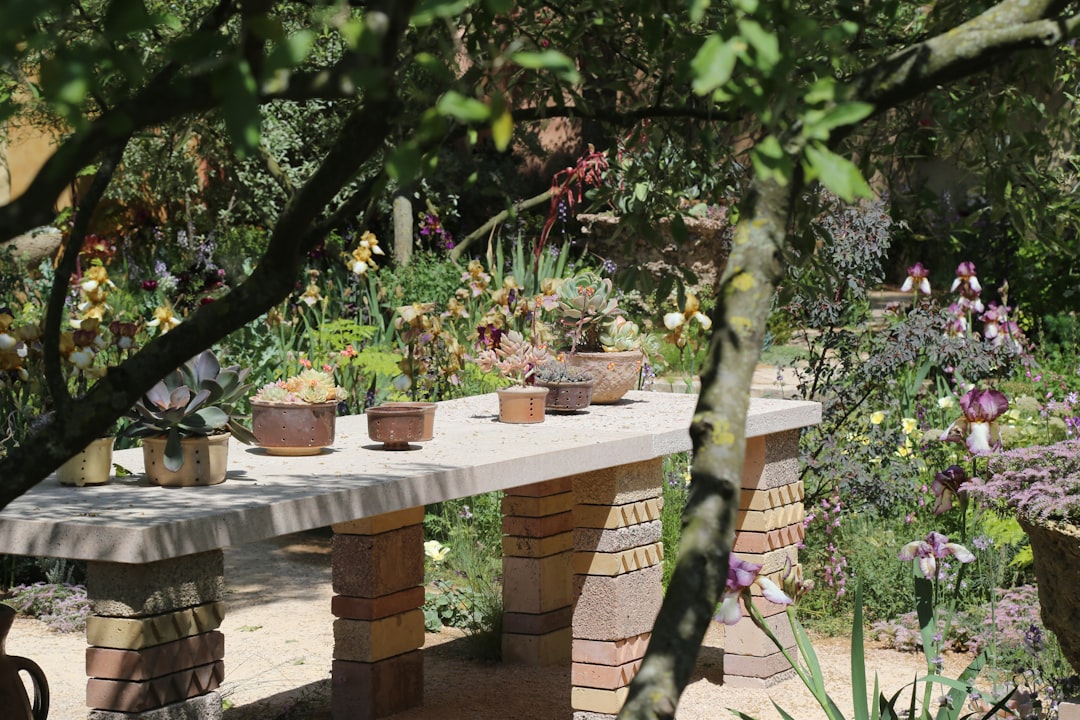The Hidden Rules of Fruit Tree Planting

When it comes to cultivating fruit trees, the choice of planting location is a crucial factor that can significantly impact the growth, yield, and overall well - being of the trees. In this article, we will explore the areas where you should avoid planting fruit trees to ensure better harvests, easier maintenance, and to prevent property damage.
First and foremost, avoid planting fruit trees too close to buildings. Fruit trees have extensive root systems that grow and expand over time. If planted near a building, these roots can cause serious damage to the foundation. As the roots search for water and nutrients, they may penetrate cracks in the foundation, widen them, and lead to structural instability. Moreover, branches of fruit trees can also pose a threat during storms. High winds can break branches, which may fall on the roof or windows of the building, causing costly repairs. For example, an apple tree with its large and spreading branches can be particularly dangerous if it is planted just a few feet away from a house.
Another area to avoid is near underground utility lines. Utility lines such as water pipes, gas lines, and electrical cables are buried underground. When you plant a fruit tree above these lines, the roots can grow into and damage them. A ruptured water pipe can lead to water leakage, flooding, and water wastage. A damaged gas line is even more dangerous as it can cause gas leaks, which are not only a fire hazard but also a health risk. Electrical cables can also be disrupted by the roots, leading to power outages in the area. Before planting a fruit tree, it is essential to contact the local utility companies to determine the location of underground lines.
Areas with poor drainage should also be off - limits for fruit tree planting. Fruit trees require well - drained soil to thrive. If the soil in an area does not drain properly, water will accumulate around the roots, leading to root rot. Root rot is a fungal disease that can kill the tree. Signs of root rot include yellowing leaves, stunted growth, and a foul smell from the soil. Low - lying areas in a garden, such as depressions or areas at the bottom of a slope, are often prone to waterlogging. Instead, choose a location on a slight slope or a raised bed where water can drain away easily.
Planting fruit trees in areas with heavy shade is also a bad idea. Fruit trees need plenty of sunlight to produce energy through photosynthesis. Insufficient sunlight can result in weak growth, fewer flowers, and a poor fruit yield. Trees that are shaded for most of the day may also be more susceptible to diseases and pests. For instance, a peach tree planted under a large oak tree will struggle to grow and produce fruit because it will not receive enough sunlight. Aim to plant fruit trees in an area that gets at least six to eight hours of direct sunlight per day.
Additionally, avoid planting fruit trees in areas with strong winds. Strong winds can damage the branches and trunks of fruit trees, especially when the trees are young and not fully established. Wind can also cause the soil around the roots to dry out quickly, leading to water stress. To protect fruit trees from wind, you can plant them near a windbreak, such as a fence or a row of shrubs. However, make sure the windbreak does not cast too much shade on the fruit trees.
In conclusion, careful consideration of the planting location is essential for the successful cultivation of fruit trees. By avoiding these unfavorable locations, you can ensure that your fruit trees grow healthy, produce bountiful harvests, and do not cause any damage to your property. With proper planning and a good understanding of the needs of fruit trees, you can create a beautiful and productive edible garden.